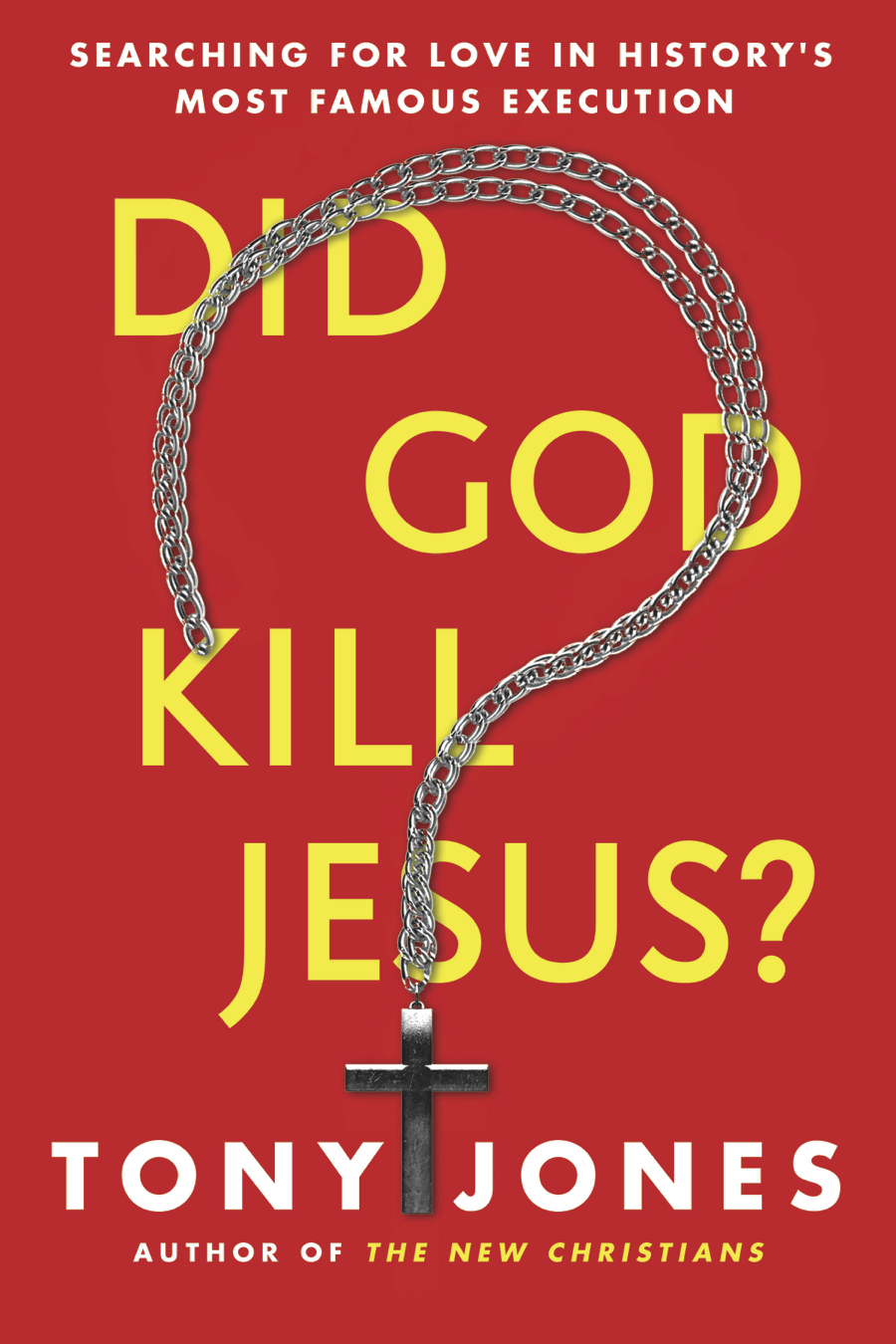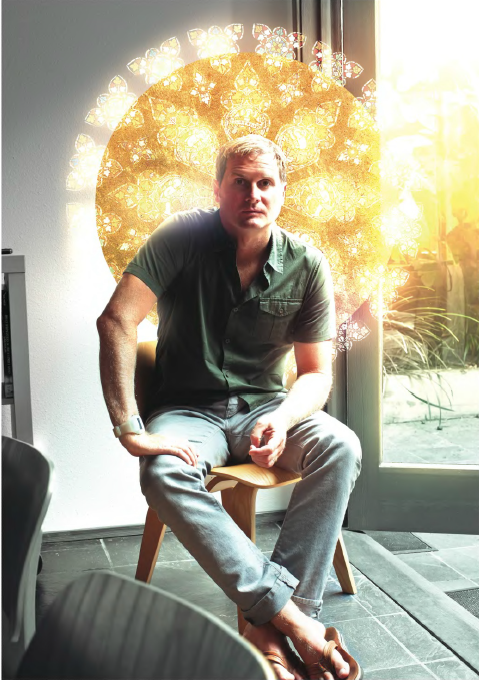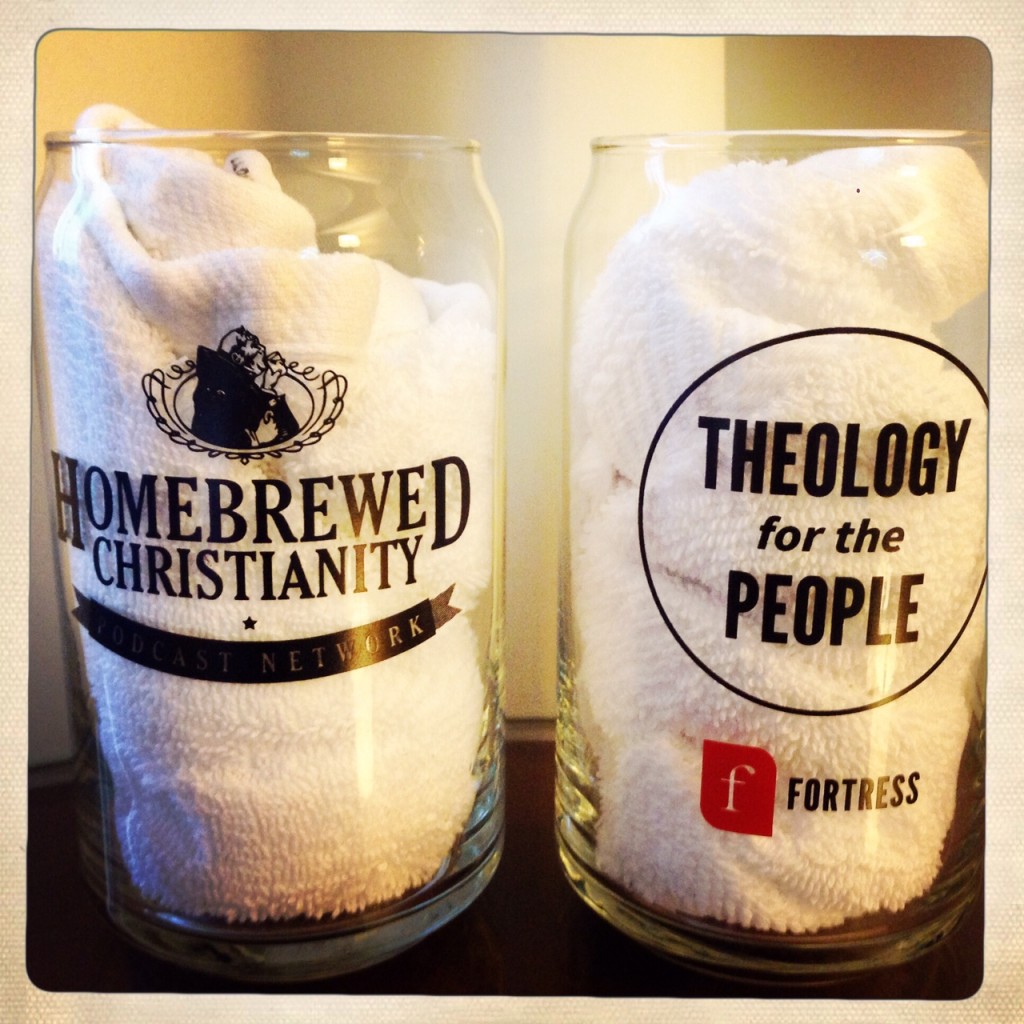On our 900-mile drive home from Texas yesterday, Courtney and I listened to the better part of David Carr’s riveting memoir, The Night of the Gun: A Reporter Investigates the Darkest Story of his Life–His Own. Carr, now a famous reporter and columnist for the New York Times, spent the 1980s as a reporter in the Twin Cities. And as a junkie, a hardcore junkie.
Carr is a great writer, entertaining and honest in the style of David Foster Wallace and Dave Eggers. Added to the sheer strength of his prose and the shocking nature of his story is the fact that, as a lifelong resident of the Twin Cities, there are a whole lot of references to places that I know and have been, as well as others (e.g., Moby Dick’s and the Skyway Lounge) that are gone-but-not-forgotten spots from when Minneapolis was a seedier place.
But most interesting to me is how Carr continually plays with and muses on the subject of memory. His own memory is admittedly poor to begin with. Add to that a combustible mix of booze and hard drugs, and he came to realize that he remembered very little from the 1980s, and what he did remember, he misremembered.
Being a reporter, he set out to investigate those years, and he did so with two years of interviewing former dealers, ex-wives, and old partying buddies.
But the most interesting parts of the book, in my estimation, are his excurses into the plasticity of his memory. At the beginning of the book, he writes,
[Memories] live between synapses and between the people who hold them. Memories, even epic ones, are perishable from their very formation even in people who don’t soak their brains in mood-altering chemicals.
And at the midway point of the book, Carr takes an intermission to write,
Memoir is a very personal form of creation myth. Whether it is in the form of a book or something told across the intimacy of first date candlelight, the this-is-me, this-is-who-I-am story is a myth in the classic sense, a tale with personal gods and touchstones. It becomes more and more sacred as it is told. And perhaps less and less truthful.
I am fascinated with books about memory. One of my top-five favorite novels, Tim O’Brien’s The Things They Carried brilliantly deals with the plasticity of memory.
In the greatest memoir in the Christian tradition, the Confessions, Augustine of Hippo looks back at his youth and his conversion from some twenty years hence. Many scholars have wondered just how well Augustine remembers his own past and conjectured that he bends history to suit his own purposes.
But while a lot of people give up on the Confessions after Augustine’s dramatic conversion, it should be remembered that Book X is an extended essay on the nature of memory — in fact, it is one of the first and remains one of the most profound philosophical treatises on the nature of memory. Augustine writes:
Great is the power of memory. It is a true marvel, O my God, a profound and infinite multiplicity! And this is the mind, and this I myself am. What, then, am I, O my God? Of what nature am I? A life various, and manifold, and exceedingly vast. Behold in the numberless halls and caves, in the innumerable fields and dens and caverns of my memory, full without measure of numberless kinds of things–present there either through images as all bodies are; or present in the things themselves as are our thoughts; or by some notion or observation as our emotions are, which the memory retains even though the mind feels them no longer, as long as whatever is in the memory is also in the mind–through all these I run and fly to and fro. I penetrate into them on this side and that as far as I can and yet there is nowhere any end.
Carr also does talk about faith, prayer, and spirituality. I’ll write about that in the next post on this book.
But for now, I’m hoping that some of you also see the parallels between Carr and Augustine.











